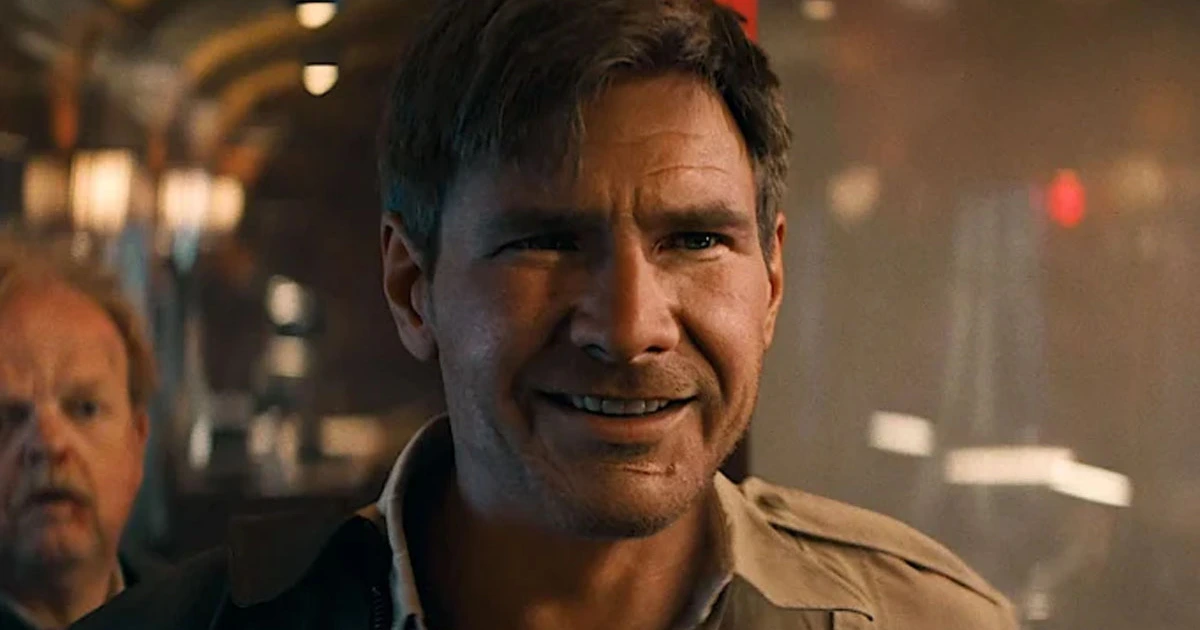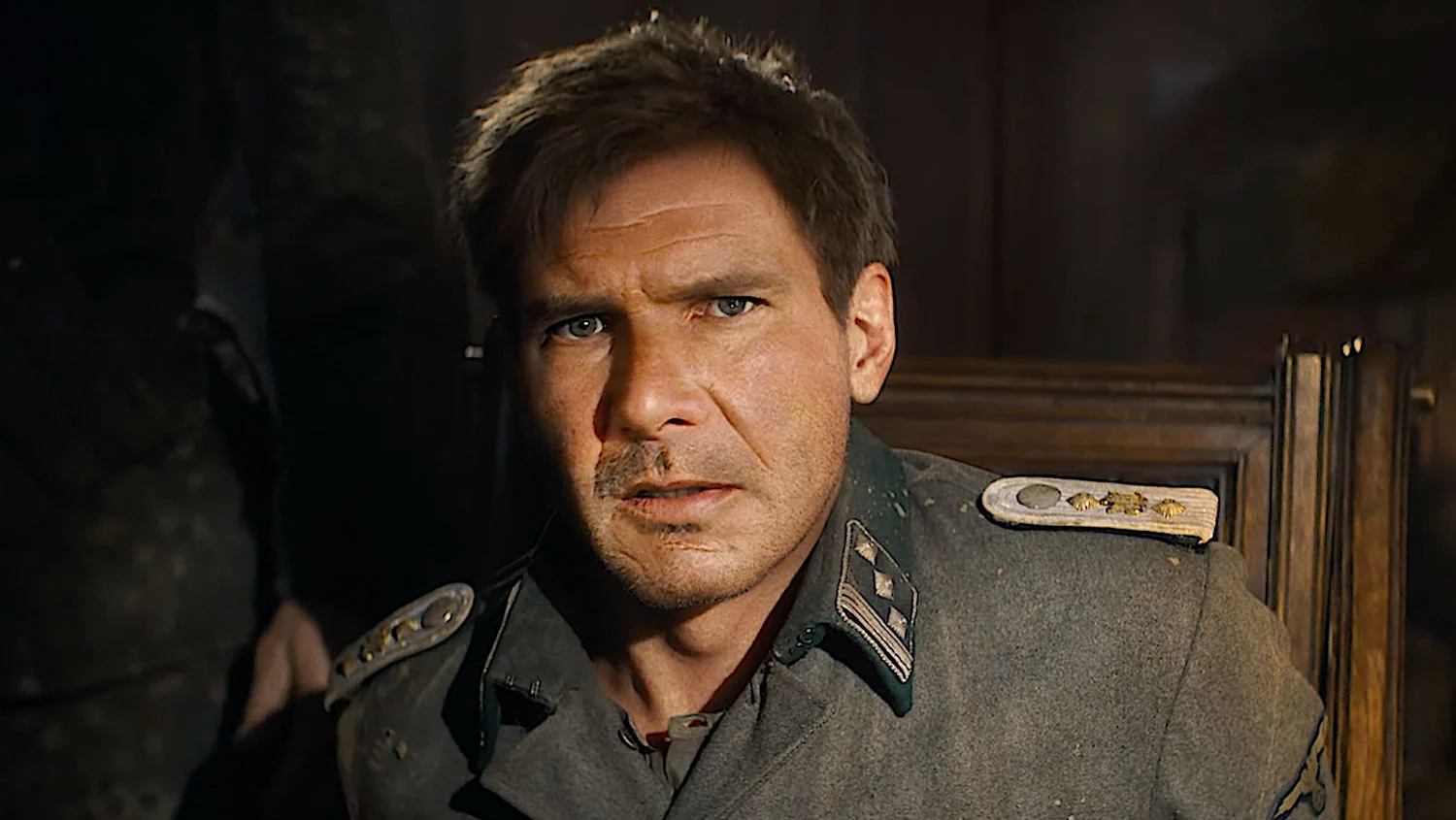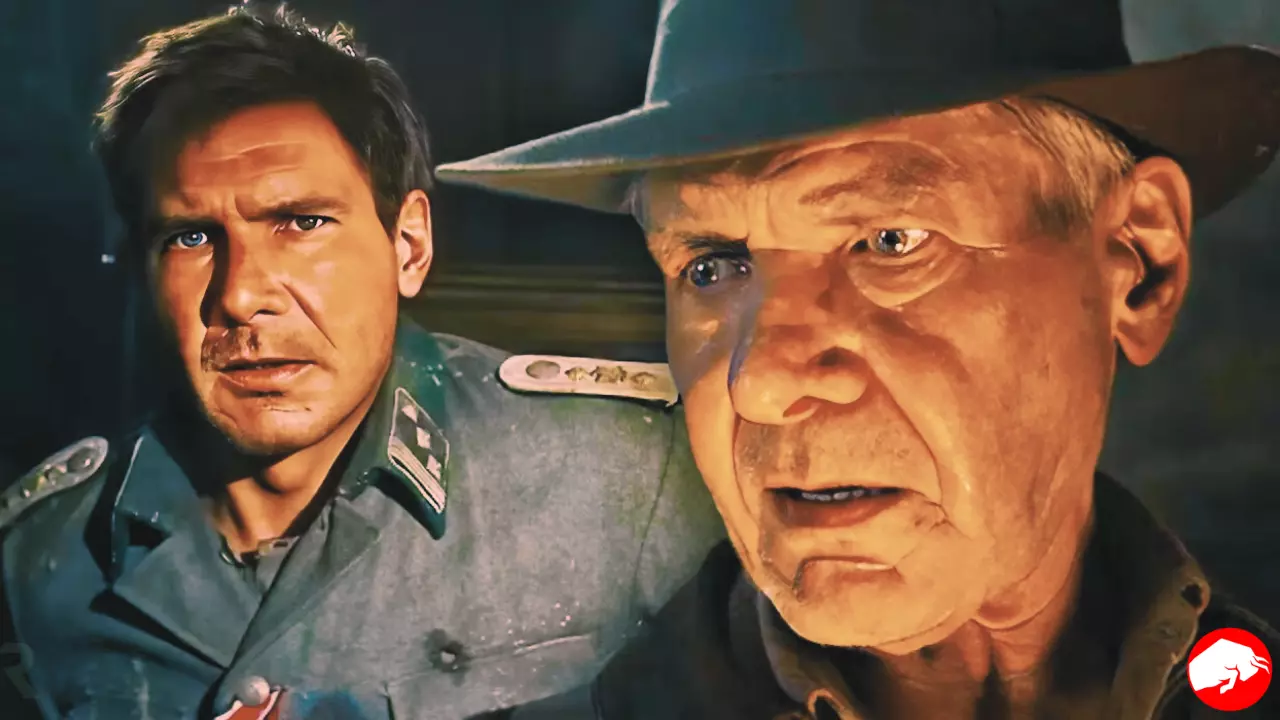Bringing the Iconic Harrison Ford Back to Life
Lucasfilm’s Industrial Light & Magic (ILM), renowned for their exceptional visual effects work in the Indiana Jones franchise, returns with their mastery in the fifth installment titled Indiana Jones and the Dial of Destiny. This time, the team faced the daunting task of recreating a young Harrison Ford for the movie’s opening scene. We sat down with production VFX supervisor Andrew Whitehurst and ILM VFX supervisor Robert Weaver to get an inside look at the incredible techniques employed to bring this beloved character back to life.
Whitehurst sheds light on the intricate process, stating, “It’s called ILM Face Swap; it’s using an enormous number of techniques.”
Weaver further explains that face swapping involves replacing the original face with another face, in this case, a younger version of Harrison Ford. The team combined machine learning and built a highly detailed computer-generated (C.G.) asset to achieve the desired results. Every shot presented unique challenges, requiring a dynamic approach tailored to individual scenes.

With access to a vast collection of reference material from earlier Indiana Jones films, the team meticulously analyzed and studied Harrison Ford’s likeness to ensure an accurate portrayal.
Whitehurst emphasizes the role of talented artists in making the right choices, saying, “We had an enormous amount of reference material from earlier Indy films, which we got scanned, and we could use that and we could frame through that and understand what exactly the likeness was that we were trying to hit.”
The process involved multiple steps, starting with a low-resolution pass for the editing team to work with. This allowed the filmmakers to judge the performance and provide feedback, leading to continuous improvement. The team used a combination of techniques, including keyframe animation and 3D performance extraction from multiple camera shots.

Weaver parallels the techniques used in “The Irishman” but highlights the advancements and improvements in technology and artistic skills since then. The unexpected reappearance of the villain adds an element of surprise to the storyline.
Creating the tuk-tuk chase in Morocco was another highlight of the film. The team assembled an impressive second unit crew directed by Dan Bradley, who filmed thrilling stunts in Fez.
By capturing multicamera backgrounds and conducting extensive scanning, the team seamlessly integrated these live-action elements with the process work shot back at Pinewood Studios. The previsualization and storyboarding process proved invaluable in planning and executing this complex sequence, allowing for a cohesive blend of location-based stunts and studio work.
The underwater dive sequence presented yet another set of challenges. The team employed a combination of filming in the Mediterranean, tank shooting at Pinewood Studios, and dry-for-wet techniques for close-ups. Full CG work and enhancements were added to create a believable and immersive underwater environment.
The art department meticulously built sections of a wreck, while the C.G. team enhanced the setting to ensure the necessary realism and danger. The sequence was a testament to the team’s ability to divide and conquer using various techniques and achieve a seamless visual experience.
Recreating Ancient Syracuse and Beyond
The siege of Syracuse was a monumental undertaking for the VFX team. Building upon the established world of the film, the team created an ancient version of Syracuse that reflected the city’s historical accuracy in 213-214 B.C. Weaver describes it as a massive build, encompassing meticulous attention to detail.
Every prop and element within the city had to be appropriate for the period, down to the smallest detail. The team constructed boats, buildings, and even the tools used by Archimedes in his fight against the Romans. The result was a breathtaking and authentic depiction of ancient Syracuse.
The extensive use of C.G. allowed the team to fly the virtual camera through the city streets, showcasing incredible detail and realism. The team’s dedication to historical accuracy and the meticulous efforts put into every aspect of the scene ensured a truly immersive experience for the audience.
Continuing the Legacy of Indiana Jones
Indiana Jones and the Dial of Destiny presents an exciting new chapter in the iconic franchise, filled with breathtaking action sequences, incredible visual effects, and the return of a beloved character. The collaboration between the production VFX supervisor Andrew Whitehurst, ILM VFX supervisor Robert Weaver, and director James Mangold resulted in a seamless blend of cutting-edge technology and artistic craftsmanship.

Through face swapping, machine learning, and expert artistry, the VFX team successfully recreated a young Harrison Ford, capturing the essence of the character and bringing him back to the screen. The film showcases the evolution of digital human performance, with technological advancements and the team’s skills enabling an even more convincing portrayal.
As audiences eagerly await the release of Indiana Jones and the Dial of Destiny, they can expect to be transported into a world of adventure and excitement, where the visual effects serve as a testament to the dedication and creativity of the VFX team. This latest installment promises to honor the legacy of Indiana Jones while introducing new thrills and surprises that will captivate fans old and new.









